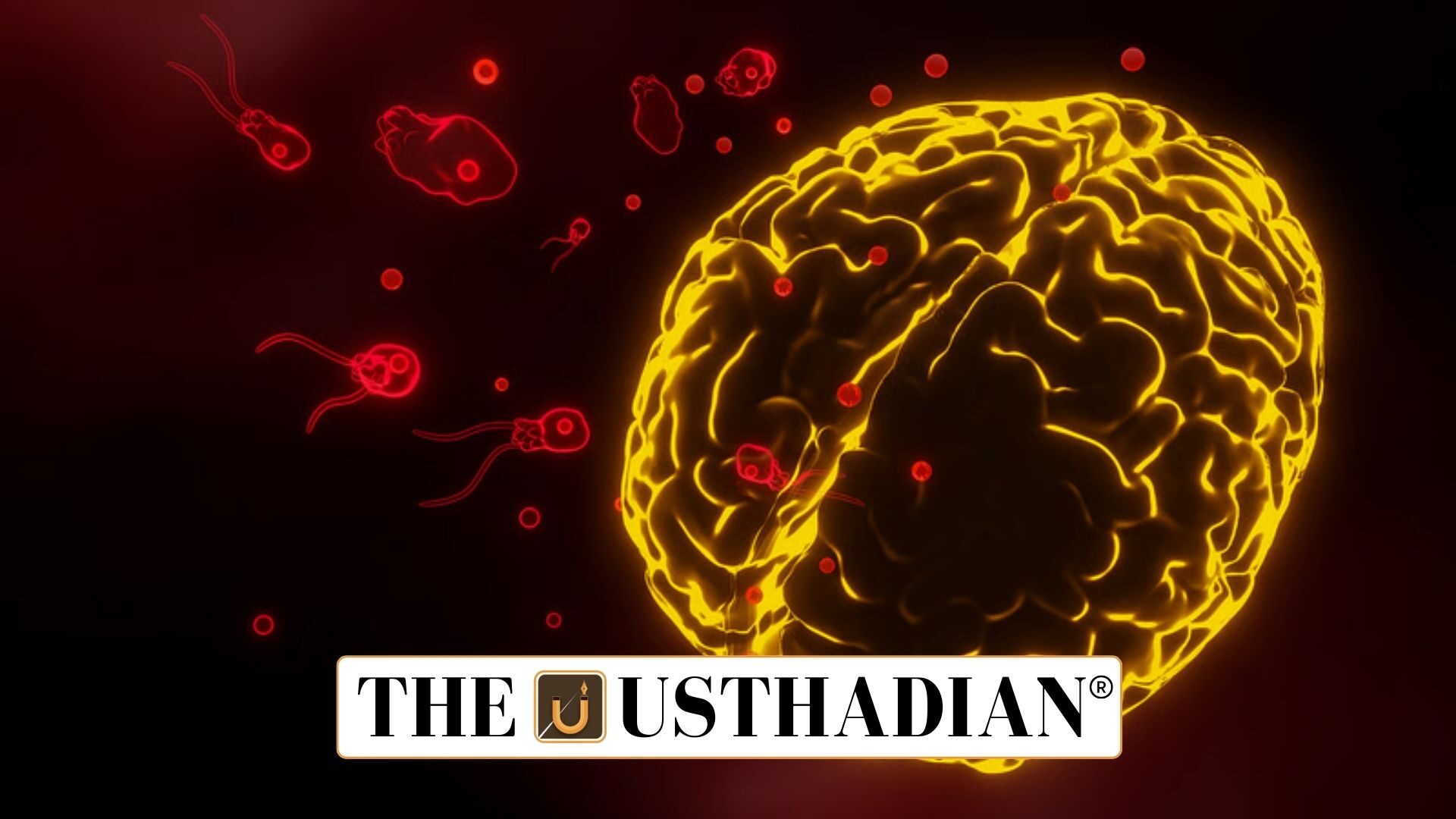The Amoeba Threat
Brain Eating Amoeba Cases in Kerala: Kerala reported fresh Naegleria fowleri infections in Kozhikode and nearby districts, raising alarm across the state. The amoeba, often called the brain-eating amoeba, causes Primary Amoebic Meningoencephalitis (PAM), a rare but highly fatal disease. It enters the body through the nose when people come in contact with contaminated freshwater.
Static GK fact: Naegleria fowleri was first identified in Australia in 1965.
Past and Present Outbreaks
Kerala’s first death from this amoeba was reported in 2016. However, the 2024 outbreak marked a turning point with 29 confirmed cases. Unlike the global fatality rate of more than 97%, Kerala doctors managed to save 24 patients through early detection and use of miltefosine, an anti-parasitic medicine.
Unsafe practices such as bathing in ponds and inhaling water mixed with tobacco powder were linked to the infections. This highlighted the role of community behaviour in disease transmission.
Factors Behind the Surge
Experts link the surge in cases to climate change and environmental pollution. Higher water temperatures provide favourable conditions for the amoeba. In addition, sewage and organic waste have been polluting ponds and wells. Cultural practices involving untreated water further increase the risks of infection.
Static GK Tip: Kerala is known for high literacy and strong public health indicators but continues to face emerging disease threats.
Kerala’s Healthcare Response
Kerala’s health department strengthened its diagnostic capacity with a new public health laboratory in Thiruvananthapuram. Medical professionals received training for early case identification. Lessons from earlier crises like the Nipah virus outbreak helped doctors respond quickly.
Despite these measures, the strain on hospitals showed the vulnerability of even well-established health systems. Intensive care resources had to be diverted to manage PAM cases.
Wider Public Health Concerns
The detection of Naegleria not just in ponds but also in wells, tanks, soil, and even dust reveals a changing microbial environment. Climate change and urban pollution are contributing to the rise of new pathogens. Kerala’s progress in fighting diseases like malaria and cholera is now challenged by such rare infections.
The outbreak shows that future strategies must combine environmental management, public awareness, and rapid response to contain such health threats.
Static Usthadian Current Affairs Table
Brain Eating Amoeba Cases in Kerala:
| Topic | Detail |
| Disease | Primary Amoebic Meningoencephalitis (PAM) |
| Causative agent | Naegleria fowleri |
| First identified | 1965 in Australia |
| Kerala’s first case | 2016 |
| Major outbreak | 2024 with 29 cases |
| Fatality rate worldwide | Over 97% |
| Drug used in Kerala | Miltefosine |
| Key districts affected | Kozhikode and nearby regions |
| New lab | Thiruvananthapuram public health laboratory |
| Related outbreak experience | Nipah virus management |








